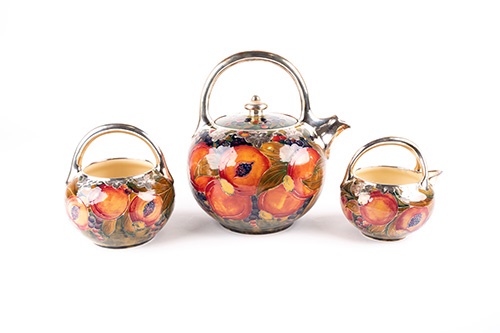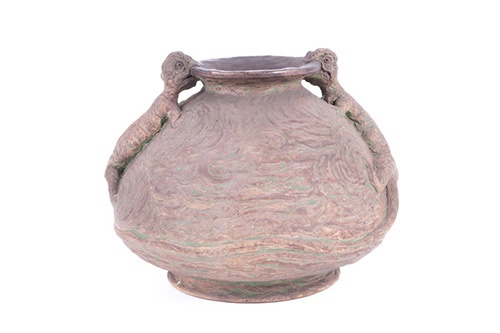How to identify antique pottery
Is the pottery in your house worth hundreds of pounds?
As well as being one of the oldest and most-widespread forms of decorative art, pottery also tends to have practical usages, including being used as mugs, cups, plates, or bowls. This means that pottery can serve as a functional part of your home, as well as being a way to invest in something that will potentially hold or increase in value.
16/05/2022
As well as being one of the oldest and most-widespread forms of decorative art, pottery also tends to have practical usages, including being used as mugs, cups, plates, or bowls. This means that pottery can serve as a functional part of your home, as well as being a way to invest in something that will potentially hold or increase in value.
Like any antique, pottery helps to tell a story of a bygone age, and your specific item could have been used by countless people over the course of many decades and perhaps even centuries. This factor is known as historical value, and it cannot be understated among collectors, especially if your pottery is particularly intricate and well-maintained.
Some of the most valuable antique pottery is Old China. Old China pottery tend to have unique patterns so that they stand out, often featuring bright, gold detailing, with flowers and rivers often appearing. China pottery tends to be smooth, rarely found with many breaks or cracks, and due to its expert composition and levelling, it should always balance perfectly on a flat surface.
 A rare William Moorcroft silver overlaid 'Pomegranate' pattern three piece tea set. Sold at Dawsons for a world record of £15,400.
A rare William Moorcroft silver overlaid 'Pomegranate' pattern three piece tea set. Sold at Dawsons for a world record of £15,400.
How to Tell if your Pottery is an Antique
As antique pottery was often handmade, with most countries and regions that produced pottery tending to utilise their own unique style, it can often be very difficult to determine whether pottery is in fact antique or is just meant to look it (and is instead ‘faux’). After establishing the material and technique used to create the piece, the three best ways to identify an antique are by establishing its shape, decoration, glaze and most importantly of all, its markings. These will usually give a rough indication as to the time period and place of production.
If your pottery does not have markings however, that does not necessarily mean it is faux. The bottom of authentic pottery will usually have an unglazed area, which lets you know what kind of clay was used to construct the piece. If this is old weathered, it is more likely that your piece is authentic, as a faux one will ordinarily be much newer and therefore less worn.
An expert will be able to assess whether the physical attributes of your item are correct for the time period (also known as the ‘horizon’), for example its weight, design, texture, and colour. It is important that this appraisal comes from a skilled and knowledgeable professional. Our experts have years of experience, and Dawsons are therefore pleased to offer an authoritative appraisal in this field, helping to establish whether or not your item is authentic, and also its rough auction value.
Though it can be difficult to say for sure where items originate, certain regions and horizons are known for specific patterns and designs. This also means that an expert may be able to determine if your item is authentic or not based on characteristics such as its size and how it compares with others from the region and horizon. For example, American pottery tends to be heavier and thicker than pottery from other regions.
An early 20th century Martin Brothers stoneware vase. Sold at Dawsons for £2,600.
How to sell your antique pottery
If you have come to the decision to sell your pottery, Dawsons’ specialist team can provide a thorough and professional appraisal with no obligation to sell.
You can even have a valuation from the comfort of your own home via our online valuation service. Simply submit several photographs and some information relating to the provenance of your pottery using our online form, and get started with a free auction estimate.
Our valuations are complimentary, costing you absolutely nothing.
We analyse all submissions and if we feel we can sell your item, we will be happy to provide an auction estimate. Please click here to view some of the wonderful antique pottery that has been sold by the team here at Dawsons.
The expert team of Valuers at Dawsons would be happy to help you identify your antique pottery, or maybe you have some pottery you would like to sell at auction.
Do get in touch, we would love to hear from you:
0207 431 9445 / info@dawsonsauctions.co.uk.
